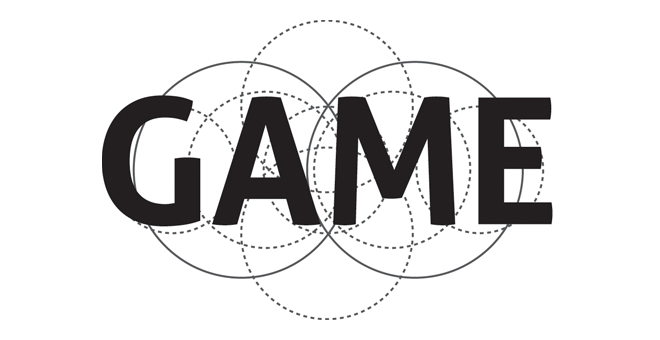The second issue of G|A|M|E investigates 3D technologies and their implications for the video game world. The concept of 3D, in this context, refers to both stereoscopy and, more generally, tridimensional systems of representation that have been dominant in video games since the early 1990s.

Technology evolution and perspective innovation. 3D and spatial depth today and yesterday
Taking space literally: reconceptualizing the effects of stereoscopic representation on user experience
Recently, cinemas, home theater systems and game consoles have undergone a rapid evolution towards stereoscopic representation with recipients gradually becoming accustomed to these changes. Stereoscopy techniques in most media present two offset images separately to the left and right eye of the viewer (usually with the help of glasses separating both images) resulting in the perception of three-dimensional depth. In contrast to these mass market techniques, true 3D volumetric displays or holograms that display an image in three full dimensions are relatively uncommon. The visual quality and visual comfort of stereoscopic representation is constantly being improved by the industry.
From M.C. Escher to Mass Effect: impossible spaces and hyper-real worlds in video games. How can hyper-real worlds be designed and interpreted in a 2D, 2.5D and 3D virtual environment and how will this implementation affect the stereoscopic 3D video games of the future?
Game developers, even during the early years of game design, have always searched for new and interesting ways of creating more elaborate, immersive and realistic environments for their video games.
A new angle on parallel languages: the contribution of visual arts to a vocabulary of graphical projection in video games
It is fair to argue that in the short history of game studies, the concept of graphical projection has not been used in all its dimensions. In a way, we might even say that the idea has been systematically overlooked. Therefore, in order to fully express the potential of graphical projection in game studies, we have to properly define the vocabulary used to describe its various forms.
The production of subject and space in video games
Despite the dominant view that distinguishes video game space from other spatial representations as navigable space, someone who engages with the screen space of a video game must first and foremost rest at an ideal viewing spot in physical space, which is in accord with the requirements of a proper screening. In other words, one’s illusory experience of navigable space becomes possible only if one’s body in physical space occupies the visual center on which the scenographic arrangement relies in order to function.
Reverse-engineering graphical innovation: an introduction to graphical regimes
Technological innovation in the video games industry is a rich area of research that has barely been explored as of yet. Gamers are always clamoring for novelty and a remedy to the oft-decried “sequelitis” that “plagues” the industry, while game publishers and platform holders secretly plan a next-gen platform to capture the ever-shifting market. In this light, the importance of graphics cannot be understated, as it is usually taken for granted in game historiography that “[g]ame graphics were, and to a large extent still are, the main criteria by which advancing video game technology is benchmarked” (Wolf, 2003, p.53).
Polygons and practice in Skies of Arcadia
This paper features research carried out at the Victoria and Albert Museum into the design history of Sega’s 2000 Dreamcast title, Skies of Arcadia (released in Japan as Eternal Arcadia). It was released by Overworks, a subsidiary of Sega, at an interesting point in Japanese computer game history. A new generation of video game consoles was in its infancy, and much speculation in the industry surrounded how networked gaming and large, open, tridimensional game worlds would change game design in the years ahead.
Graphical technologies, innovation and aesthetics in the video game industry: a case study of the shift from 2d to 3d graphics in the 1990s
This paper provides an overview of a research project currently in progress at the Université de Montréal (Québec, Canada). Funded by the FQRSC (Fonds de recherche Québec – Société et Culture / Quebec Fund for Research – Society and Culture) for a three-year period (from May 2012 to May 2015), the project studies the transition from 2D to 3D graphics in gaming during the 1990s
Digital aesthetic forms between cinema and television: the need for new research directions
Twentieth century visual conventions — organized by a competitive collusion between cinema and television — did not survive the multiple forms and applications of digital media that put into play the multiplication of screens, the differentiation of production practices and processes of diffusion, and the rise of audience participative experiences.
